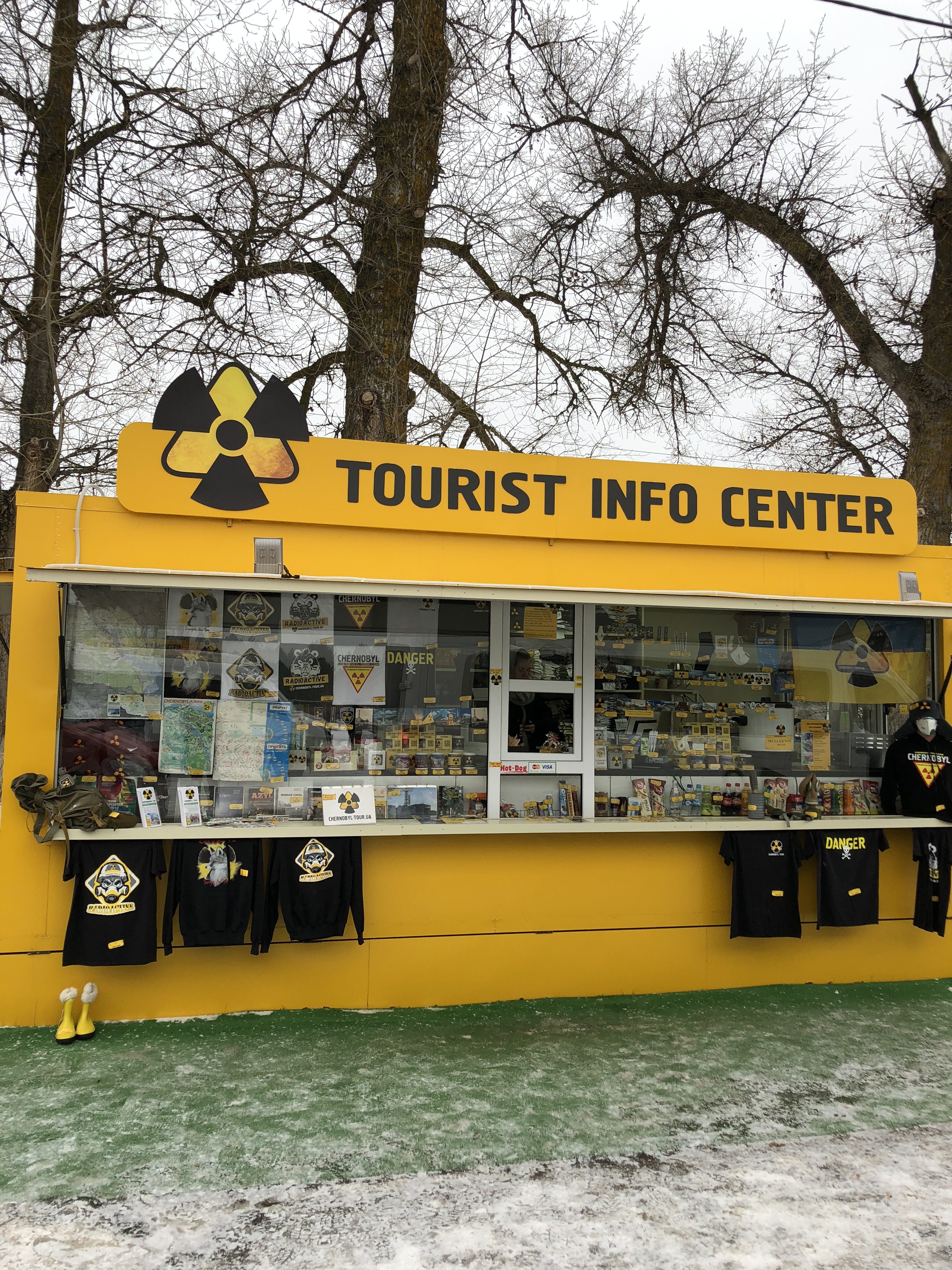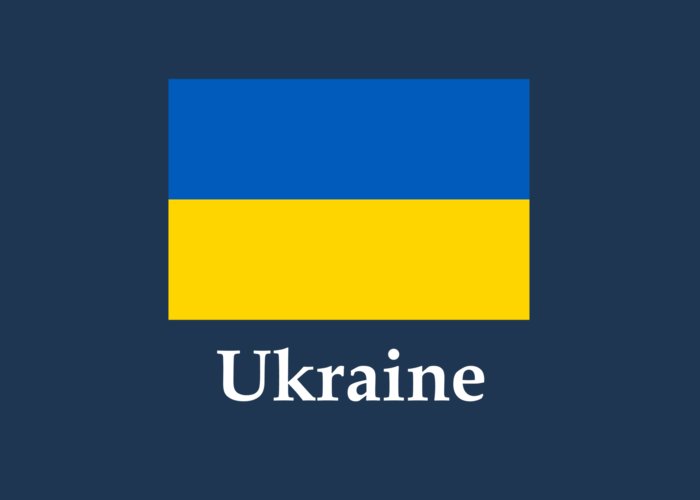
History of the incident
26 April 1986. The fateful day of the Chernobyl disaster, a catastrophic nuclear accident. Shortly after midnight at the no. 4 light water graphite moderated reactor at the Chernobyl Nuclear Power Plant, an inadvertent explosion of the core reactor during an emergency shutdown of the reactor while undergoing a power failure test. It occurred near the now-abandoned town of Pripyat, in northern Ukrainian Soviet Socialist Republic, Soviet Union, approximately 104 km north of Kiev.

Having watched Seconds from Disaster on TV, I was intrigued by the extent of damage caused by this nuclear disaster. The Chernobyl accident is considered the most disastrous nuclear power plant accident in history, both in terms of cost and casualties. It is one of only two nuclear energy accidents classified as a level 7 event (the maximum classification) on the International Nuclear Event Scale, the other one is in Japan.
The Soviet government tried to cover up the incident and the locals living around Pripyat did not know about the extent of damage except that their loved ones were not back from work yet. They were not immediately evacuated and suffered from the deadly side effects of the radioactive waste. Since radioactivity cannot be detected by the naked eye, the wafts of radioactive plumes actually travelled northwards all the way towards Scandinavia and eventually to parts of US, Canada. It was only brought to light by a Swedish scientist who exposed the grave incident as by then, the radioactivity had already reached Sweden and they traced back the source to Ukraine.
Is it safe to visit Chernobyl?
Despite the horrific events which occurred around Chernobyl many years ago, tens of thousands of tourists continue to visit the area each year, engaging in dark tourism and also out of curiosity to find out more about the nuclear incident.
Chernobyl Exclusion Zone is an area controlled by the government and many rules applies to it. The rules inside the zone are applied by the Ukrainian government and the tour companies actually have a government-certified guide to lead the group tours.. However safe, officially you can’t enter buildings, walk on the forest and should always be together with the group. The guides will explain the situation, to guarantee safety and a trouble free excursion.
The amount of radiation from a day tour to Chernobyl can be said to be negligible or harmless. The guides are knowledgeable and would not bring the visitors to places with very high radioactive levels. The total external dose obtained during a usual 10-hour day tour in the exclusion Zone is several times smaller than one received during a transatlantic flight, or it could be the equivalent of an X-ray. Unless you are staying in the exclusion zone for prolonged periods, it is not so easy to die from radioactive poisoning.
What to see inside the exclusion zone?
When we arrived at the border of the exclusion zone, we had to show our paper tickets with QR code for scanning by the guards and also our passport before we were allowed to enter. The tour guide was very efficient and helped us to get the tickets at the booth while we waited in the minivan.

Our first stop is to see the nuclear reactor, with plant number 4 covered by a Sarcophagus which is sponsored by the European Union. This enormous “Object ‘Shelter’” construction keeps the reactor remnants behind the extremely thick reinforced concrete walls.

Most people wold think that Chernobyl is the main accident area, but actually Pripyat is the main site of disaster because it is much nearer to the nuclear power plants. About 3km away from the site is Pripyat, once an upscale model living area, today it has become an eerie ghost town. Built in 1970 to house the nuclear plant workers, it was considered luxurious and advanced during that period. The average age of the 50,000 residents was 26 and the average income was 40% higher than the rest of present-day Ukraine.

We shared a Geiger counter among the group. It is used to measure the amount of radioactivity in the atmosphere and would start to beep if it reaches a high level. When we pointed the Geiger counter at these fields, the number on the counter shot up quite high, same case when the counter was pointed towards the nuclear reactor #4.

Pripyat’s now dilapidated community center, called the Palace of Culture Energetik, is located in the city center, Lenin Square. Sadly there is no one in the city centre except for us tourists who come here on a day trip.

Brown bears have been spotted. Their numbers begin to increase because of the lack of people in the area and wildlife is slowly returning to the area. Within 10 years of the disaster, the small mammal populations were apparently showing no ill effects from the radiation.



We were advised not to touch these rides because of the higher levels of radiation. The amusement park has been left in dilapidation after the nuclear disaster.

They planned to open this big dipper on 1 May 1986 (public holiday), but this big dipper has never seen its visitors due to the nuclear disaster which happened a few days before. The amusement park was built to cater to the recreational needs of the locals but it was never utilised.

After visiting the city centre and walking around for 45 minutes, our guide brought us to the outskirts of town. These trains were carrying radioactive cleaning equipment to the disaster site from Kiev. After they were used, they were not sent back to Kiev because of the risk of contamination. Rail services between Kiev and Pripyat were also cancelled.

After lunch, we proceeded to Chernobyl town where more people are staying now, such as firemen and policemen who are always on standby. The snow angel as seen in the image below had a significant meaning as taken from a bible verse:
“And the third angel sounded, and there fell a great star from heaven, burning as it were a lamp, and it fell upon the third part of the rivers, and upon the fountains of waters; And the name of the star is called Wormwood: and the third part of the waters became wormwood; and many men died of the waters, because they were made bitter.”

Several small towns and villages were evacuated en masse after the nuclear accident in 1986. Walking down this path from the other direction, you would see the towns marked with an “x” to indicate their non-existence today. This small park serves as a memorial to the history of those towns.

Duga was a Soviet over-the-horizon (OTH) radar system used as part of the Soviet missile defense early-warning radar network. The system operated from July 1976 to December 1989. Two operational Duga radars were deployed, in Chernobyl and eastern Siberia. Its aim was to detect rocket launches in the region and to disrupt certain communication signals by the enemy. Our tour guide also mentioned that the radar tower was built to help create artificial rain by spraying some chemicals into the atmosphere from the top of the tower. Myth or fact? Anyway, today the tower is abandoned and is a favourite photography spot for visitors.

There were many gates such as the one below It marked the places where tourists can’t go on their own for their own safety. However, recently there has been more people who are illegally sneaking around the Chernobyl exclusion zone on their own and snooping around the abandoned houses. It is highly discouraged because they may not know which areas have high levels of radioactivity which can lead to higher risks of cancer for them in future.

As a safety precaution, there are many radioactive detectors situated within 30km and 10km of the nuclear disaster zone. For example, at the staff canteen before we had our lunch, we needed to go through the machine. It would start beeping loudly if it detected elevated levels of radioactivity in anyone.

Chernobyl today is a dormitory campus for workers on a strict rota of four days on, three days off. Some 3,000 scientists, policemen and other workers maintain the exclusion zone, along with another 3,000 building the new confinement and storage facilities.
Chernobyl is also a site of research about the wildlife and how they are defying the effects of radioactivity. The emphasis of research now is to make sure the studies involve scientists with expertise in radiation studies and ecology, so that the quality of the research or the conclusions reached are not compromised.
Useful tips
It is best to make reservations at least 10 days prior to the desired date so that the tour price is cheaper. There is a lot of paperwork to be done, so tour agencies need to submit the names of tourists and the passport copies to the relevant ministry before they can be allowed to bring the visitors to the zone. Access to the Chernobyl area is only possible with a registered tour company. Choose to go on weekdays or during the winter season which is off-peak, so there would not be so many tourists as compared to during summer time.
Early bird price: US$90 = S$122
Last minute price: US$145 = S$197
I went with Soviet Wonders and they are a reliable company, their tour package was inclusive of lunch and they covered many sites within the day. We managed to finish the itinerary earlier than expected and were back in Kiev one hour earlier than the stipulated time. One day is enough to cover the Chernobyl area and I think staying overnight there is not necessary because there is nothing much to explore around Chernobyl area at night.
Do wear warm clothing in winter as we would be doing quite a lot of walking.



In 1891, thе knife was then designated as Modelpⅼ 1890.